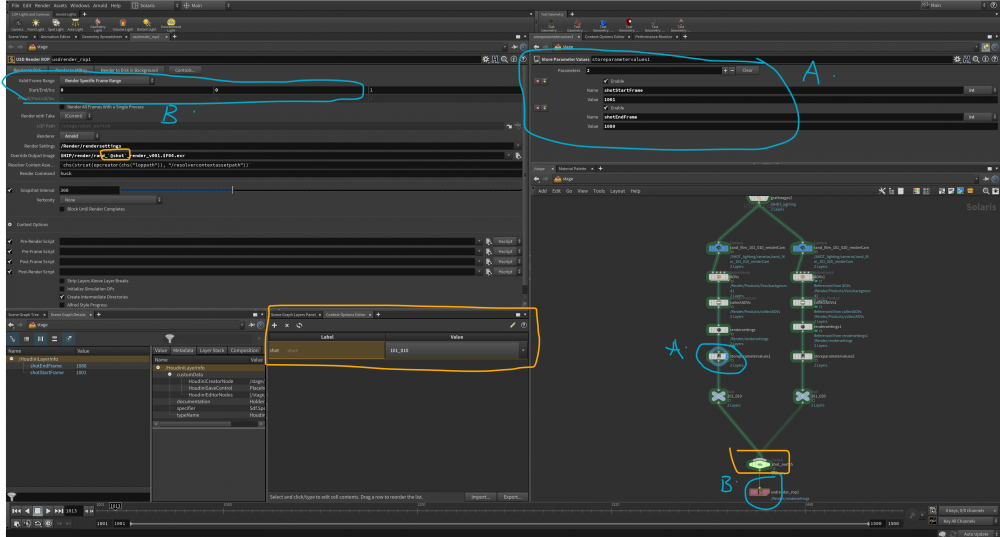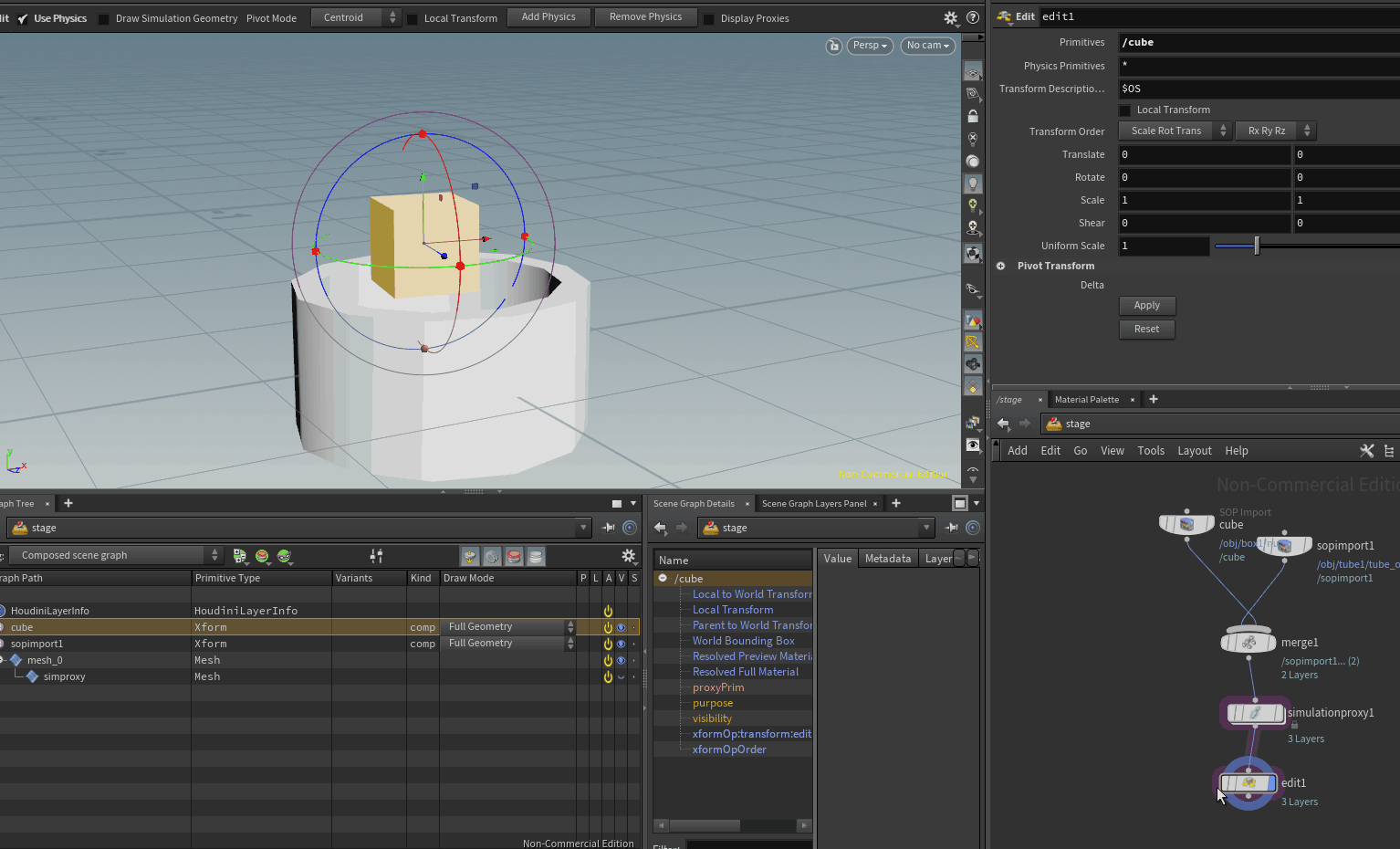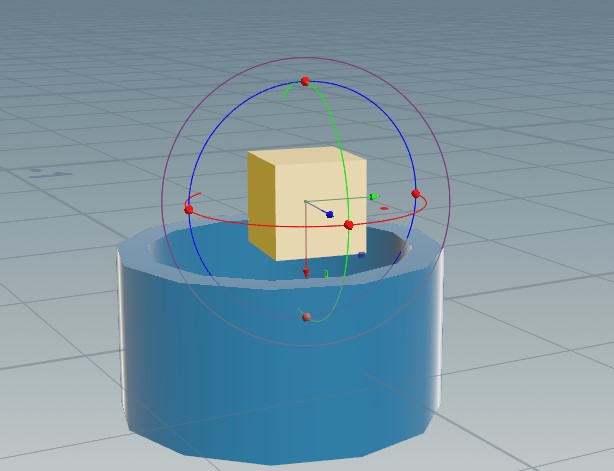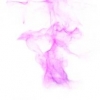Search the Community
Showing results for tags 'usd'.
-
Hey, I just went back to the basics to better understand Houdini. In the course "Houdini for the new Artist", Tyler Bay explains Solaris (stage). When I import a scene, I get the error message "Could not open asset", I used a gltf file from sketchfab (ricocilliers). Is this due to my Houdini Apprentice license? What's missing, what's wrong?
- 3 replies
-
- error
- sceneimport
-
(and 3 more)
Tagged with:
-
I am applying materials to the USD file objects in Solaris using"name" attributes from groups. Then I can apply individual materials to "sphere" and "box": If I use the "Copy to Points" node it also works, but until I check the "Pack and Instantiate" option. Then I lost my groups, I could only see combined mesh in Solaris. I tried to promote groups after copy but it did not work: copy_instances_usd.hiplc What is the typical workflow for such scenarios? Is it possible to fix this setup, or do I need to export to USD each instanced object separately (box.usd + sphere.usd)?
-
Hello Magicians, I am having some fun learning a USD file format and I want to share my findings. After 20++ years in CG, I finally managed to create a poly plane! I reinvented the wheel trying to create a plane, sphere, and other basic shapes, but it was a good exercise that helped me to understand some aspects of 3D graphics on the lowest level. I put everything together as a tutorial, Creating Procedural Geometry with Python and record it to USD file.
-
I managed to find some time to make this tutorial on building USD hierarchies in SOPs. I couldn't find many resources on things like setting pivots and altering transforms so once I figured it all out I thought I'd share the approach. Hope someone out there finds it useful.
-
[Tutorial] Intro: Hello Folks, I came up with a new workaround to work seamlessly between SOPs and LOPs, the idea about; why we can't consider the USD file as a container of data such as standard bgeo.sc? Let's replace it! So, this idea allows me to write caches on the desk once, instead of writing bgeo.sc and usdc configured layer. This HDA allows you to write one USD file or sequences of USD files and stitch them together. You can write normal geometry, volumes, vdb, particle simulation, polylines, and much more! Installation Guide: Place this HDA in your Houdini Preference Folder `"C:\Users\{USER}\Documents\houdiniXX.X\otls"` Requirements: Houdini 19+ Downloads: https://aymanabolila.gumroad.com/l/USDCacheSOP
-
HI ! We have just started small new studio and we are at the point of choosing proper pipeline for us. we are free from any legacy and are able to build our pipeline from scratch we plan to switch to usd, but not sure what to use - Karma or Arnold. we have experience using both arnold and redshift in the past ....but think about using karma as the best integrated rendering solution (seems like) sidefx says that it is production ready. but does it make sense ? wouldn't we regret ? so maybe someone has already walked this way and could share some opinions ? what is better option to choose ? Thanx in advance fir any info regarding this matter
-
Is there a way to connect the octane shader in Solaris to a collect node in order to be able to switch between renderers? There is no shader output by default
-
Hello wizards, i'm trying to get the camera from the current stage and then get the frustum I'm following the Pixar API, but probably i'm missing something... Here my code: from pxr import Usd, UsdGeom, Sdf node = hou.pwd() stage = node.editableStage() # Add code to modify the stage. # Use drop down menu to select examples. camera=stage.GetPrimAtPath('/cameras/camera1') gfCam = UsdGeom.Camera(camera).GetCamera(1.0) frustum = gfCam.GetFrustum() Problem: GetFrustum() gave me an error, it seems that is not a method of the camera class, but it should... Any idea ?
-
I am trying out Octane in Solaris, but i can't find some of the options that usually live on the obj level, like OpenSubdiv and Tessellations, essentially the object Octane settings. Any idea where are those? Also how can i set the default Octane render settings? Display Options --> Render , is empty (same goes for my HoudiniGL settings, its empty.) Also i had to search in the forums to find the latest OctaneSolarisStudio 2021.1.6.0 for Houdini_19.5.368 its not production ready yet? Sorry lots of questions, i just installed everything and i am trying to establish the basics, like where are all the settings i was using in SOPs
-
Hi evryone, Does somebody have any experiences on crowd simulation export in usd file? I did a basic work around trying with: agent pack but it doesn't work unpack agent works well but to brut force for me If somebody have any idea? I gonna continue to workaround, hoping finding a way, even if not so confident. If any advices can be helpfull. Best Regards Mathieu
-
So it seems the only way to procedurally expand all the variants is using the explore variants LOP. The problem I get when using this is that the file I am exploring variants on which Is brought in using a reference LOP gets an error of not having a save path and it defaults to creating a new usd file for the layer instead of reading the one from the reference LOP. I tried to look inside the network and noticed the reference lop there is what was causing the problems, but it was too complicated for me to fix. I tried just bypassing the reference LOP inside the network which worked but then I get the default prim name "/__variants" set in the python script and I was not able to make any changes to the primName variable without getting invalid null prim error. Please help! Edit: I realize after messing around a bit more that the reference LOP causes the separate USD file to be written out whereas other methods like extracting the variants manually or using a stage manager use write out the same data but inside the final usd layer from the usd rop. So basically I am just wondering how to procedurally get all variant prims to use for point instancing since the explore variants method that is often shown does not appear ideal.
-
I have a scene done entirely in the obj context for which I want to assign shading groups so that I can export it from Houdini and import it in Clarisse as USD and do the lookdev there. When exporting .obj files, just having the shop_materialpath attribute is enough to delineate the shading groups, but that does not work when exporting USD scenes. What should I do to make this work?
-
Houdini Karma USD MaterialX Texture Variations
4n7 posted a topic in Lighting & Rendering + Solaris!
I'm trying to create a deck of cards in USD, Assuming the correct method would be to create a single card and it have 52 variants of texture maps. I can get this in SOPS, and using a Principled Shader, but not with MaterialX So far I can almost get to what I want to do, what I don’t understand is how to change the texture path for MaterialX variants https://www.sidefx.com/docs/houdini/nodes/lop/materialvariation.html If I set up a variant for a basic Principled Shader it works ok as it just changes the texture map path and replaces the basecolor_texture so I get the next card face in sequence The Material Variation node looks like this (it updates the texture on the back of the card too but that's another issue) but MaterialX it doesn't work, I guess because it's another node connecting to that input, how do I reference this? If I hover over the MtlX Standard Surface it gives me base_colorr, base_colorg, base_colorb, hovering over the image node gives me 'file' Thanks for any help, I'm assuming this is some basic part of the way Houdini references the nodes that I don't understand. -
Thanks to help from hoomans on the SideFX houdini forum, I have exported a textured model from Maya 2022 to USD, then imported into Houdini 19 as a LOP network. Unfortunately, the materials have come across with only the base color texture maps as a constant shader. I have to replace these basic shaders with MaterialX shaders, with separate texture maps linked to base color, metalness, specular_roughness, and normal. The attached image shows a MaterialX that I manually rebuilt and applied to to the screen-left spherical tank. Is there a procedural way to search and replace all the basic shaders with MaterialX shaders, and re-wire all the texture maps? Thanks
-
- maya
- houdini 19
-
(and 2 more)
Tagged with:
-
Hi Is it possible to "transfer" the diffuse color information from a USD's materials to @Cd attribute while unpacking the USD?
-
Hi I am trying to generate uv's on a USD scene, but I don't know how I should approach it. I would like to end up with a USD that is the same as what I started with, but with UV's. I can't wrap my head around, how to work with the geometry, without unpacking the USD to SOP level.
-
Hi everyone . Is there any workflow on how to export from houdini a usd sequence to unreal engine Most tutorials out there all focus on exporting a single frame, so any tips on how to export an animation sequence of usd from houdini to unreal engine with all the materials/textures, lights, cameras etc.... I tried using a usd rop node with flatten alyers/flatten stage etc. nothing works in unreal. Most of the time it either imports a single frame at the start, or it imports a single frame in between but it never imports an entire USD sequence
-
Hi, We are currently looking for Houdini TDs at either site: Winnipeg: https://apply.workable.com/tangent-animation/j/E6A47258F2/ Toronto: https://apply.workable.com/tangent-animation/j/4C175DDE3B/ Vancouver https://apply.workable.com/tangent-animation/j/F36699AA07/ We are in the middle of a USD pipeline transition, we have exciting R&D around the Cycles renderer and traditionally did a lot in and with Blender. Checkout our GTC talk for details. I look forward to hearing from you. Cheers.
-
Hi, I'm running into a small problem trying to automate a Daily Tool. Basically I want to be able to get the BBox of my asset to transform them accordingly next to each other for presentation. Only Problem is when I query the Bbox_size or min,max,etc... using the Vex functions(usd_getbbox_size) houdini returns values that are huge (bboxSize = {-6.80565e+38,-6.80565e+38,-6.80565e+38}). Which makes it basically unusable. I don't know wether it's a bug Or I'm using it wrong. Thank you very much in advance! Antonino Here is my vex snippet: //=========== Parameters =============// string parentPath = usd_parentpath(0, @primpath); //----------- String Path Par string wildCardAsset = "/cube1"; //----------- Setting Bbox Par vector bbox_size = usd_getbbox_size(0,wildCardAsset,"Render"); printf("bboxSize = %g",bbox_size); usd_getbboxsize.hipnc
-
Hey all, I have a whole solaris setup and ready to render, I'm trying to do a slicker multi-shot workflow but I cant seem to get render frame ranges per shot. On the render settings node you cant specify the range, only on the very end USD_ROP node can you specify this. I've tried injecting metadata using 'storeparametervalues' for the start/end frame but I cant seem to use that information down in the USD_ROP (blue). Currently I'm using a switch to switch between my two shots here (orange). I'm relatively new to Houdini so I may just be missing something obvious but in the USD_ROP frame range I've tried: $shotStartFrame /HoudiniLayerInfo.shotEndFrame (this happens when you drag the value from the scene graph) Any help at this stage would be amazing. Thanks all
-
Hi all, I'm not a lighting or shading person. I'm barely a Houdini person, if the truth was told, but I struggle on... I am having a terrible time trying to figure out how to assign random textures to packed geometry in Solaris/Lops/USD/Karma (referred to as SULK from now on, OK?) I have a Crowd scene with some flag waving agents. I want the flags to have a material on them where I can choose a random texture from a set of three textures. With me so far? Excellent. How? I've tried 'editMaterial' node I've tried 'materialVariation' node I've even looked at 'variations' but that's s total mess in there - I'm not going anywhere near that! The flag geometry is packed and has an attribute called 'flagTex' which has a random int value from 1 - 3. When I import the geometry into SULK, that attribute becomes primvar@flagTex So far so mediocre. Now the problem: How do I use that attribute to choose a texture file on the shader? I can do this in Mantra, so I would expect it can be done in SULK, but how? I expected SULK to relieve some of the pain of StyleSheets but in truth it is a lot worse. Please, someone, help me out here before I throw in the towel and ditch SULK. Many thanks. Dan
-
Hi guys, does anyone know how to set up the solaris physics simulation for layout to be able put geometry inside another geometry? I tried to compute again the simulation proxy but it doesn't work. They show in the Solaris that it's possible so I am confused how to do it. Here is a gif image to better describe the situation.
-
Hi guys, I have an animated FBX file of a character with about 870 frames, it has one texture & the FBX file is 12.5mb After bringing that into Houdini 18 & into LOPs then adding a material node & then a USD ROP file the output USD file is 182mb Am I doing something wrong? or is there something I need to turn on in the ROP I tried the USD zip ROP but that just gives me the same file size & I read that the USDZ doesn't actually compress anything. Thanks
-
I am trying to get velocity motion blur and geometry motion blur in Solaris RednerMan 23.2 and Houdini 18.0.391, both of this motion blur working fine with karma I can't get this work in RednerMan in Solaris . All of this motion blur works outside Solaris , only inside Solaris RednerMan doesn't show any motion blur, I tried batch render it doesn't help. only geometry motion blur shows with large shutter in camera but I can't find any way to add more geometry samples in RednerMan . There is no information about motion blur setup on RednerMan Solaris help file.
-
Hello wonderful people of ODForcce! What would be the best approach to export large amount of agents(10 000) / agents in general, to USD. Without unpacking. Is it possible? The "bakeskinning" lop node sorta works, but houdini crashes after exporting a couple frames. Cheers!


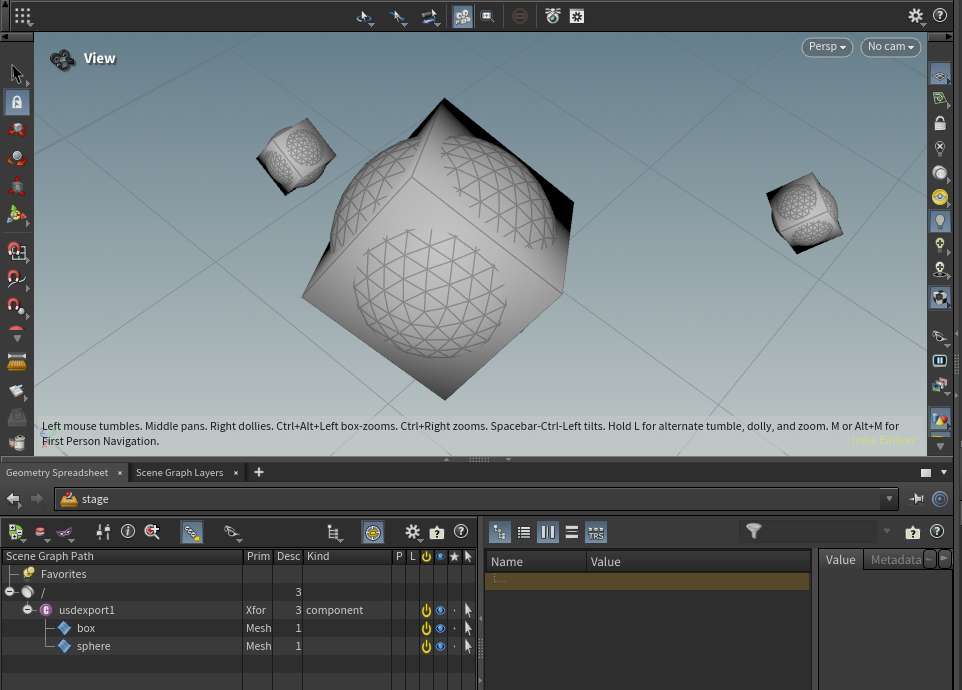
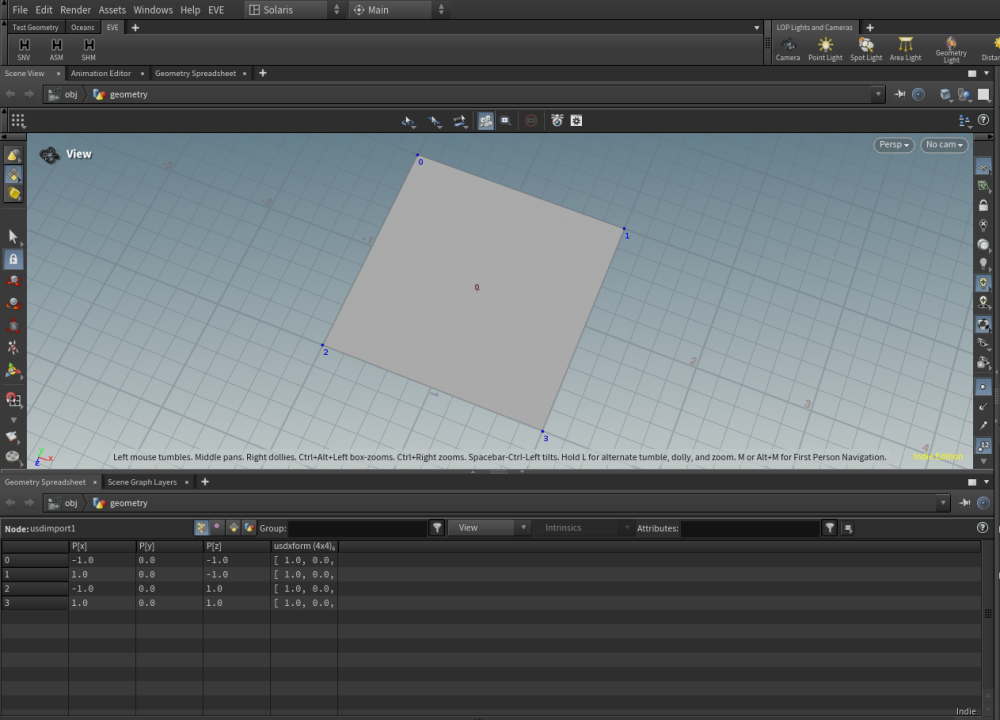



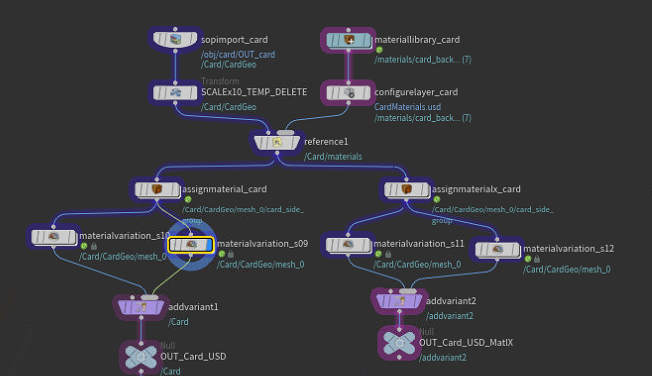
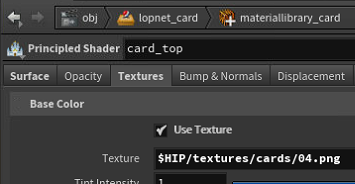
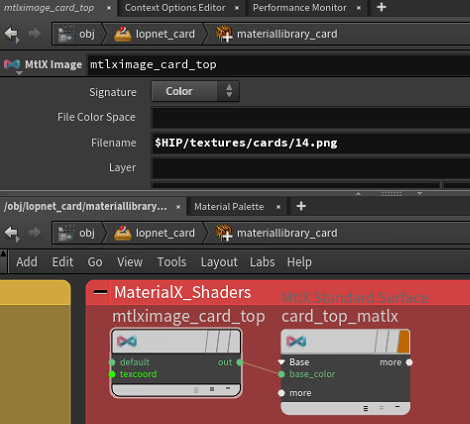
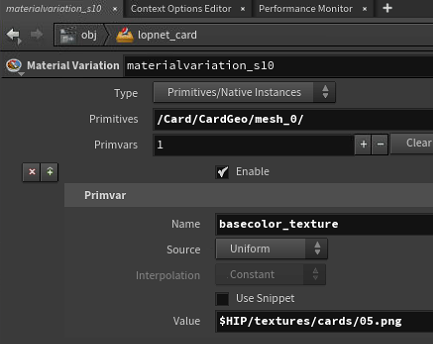
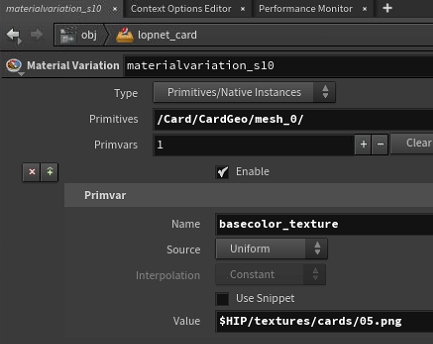
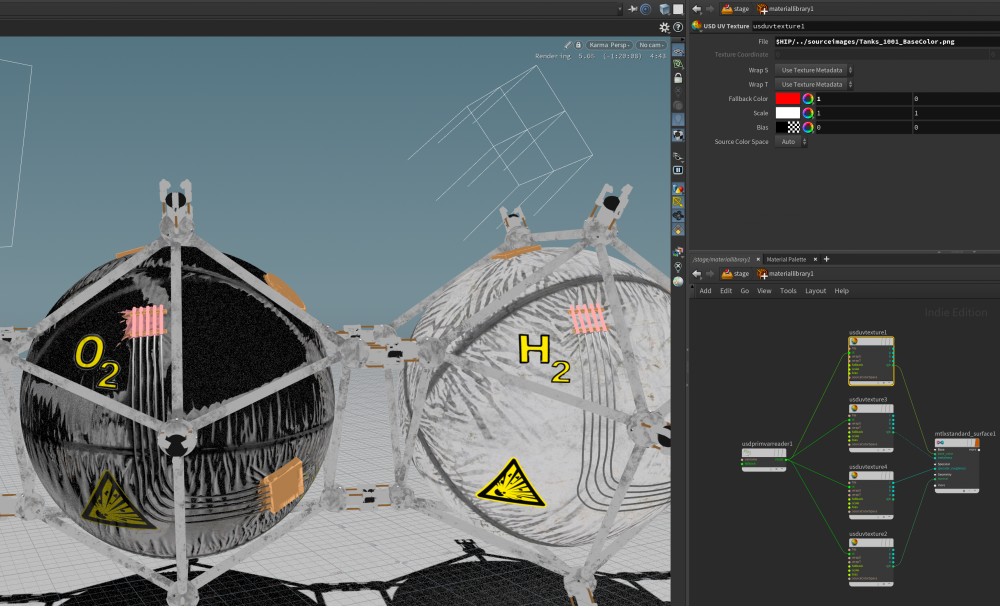
.thumb.png.53cdfe90bd95ee292c60abc354f13739.png)
